We recently connected with Brandon Roellig and have shared our conversation below.
Brandon, thanks for taking the time to share your stories with us today We’d love to have you retell us the story behind how you came up with the idea for your business, I think our audience would really enjoy hearing the backstory.
As an architect, one of the most meaningful moments is finding inspiration from a project. I’ve felt this moment walking through BIG’s Danish Maritime Museum in Helsingor, Denmark, touring the Seattle Central Library by Rem Koolhaus, and listening to Brian Mackay-Lyons talk about the weathering Messenger House in Nova Scotia. Experiencing thoughtful architecture is good for both the mind and body.
DesignMap was born out of the idea that experiencing good architecture should be accessible to everyone. It’s fairly easy to book an architecture tour of a public building such as the Wyly Theater in Dallas, Texas or walk into Renzo Piano’s Stavros Niarchos Foundation Cultural Center in Athens, Greece. It’s more challenging to experience thoughtful residential architecture, like a desert retreat featured in Dwell Magazine or a bayside home in an architects’ portfolio. I wondered if we could do more than look at content of incredible architecture – what if we could experience a project ourselves, unlike any guided tour we’ve known before?
I was taught to develop a design by getting it on paper regardless of how thought-out it is. To get this idea into the world, I spent a few weeks developing the concept, designing a brand strategy, and launching an Instagram account to share incredible retreats from well-known architects. The best part of a start-up with virtually no audience is the ability to test different ideas, and featuring homes designed by award-winning architects that users can book a stay in gained traction. When I found it challenging to gather and share vacation rentals by architects on our Instagram account, I knew we had discovered our unique niche. We soon launched www.dsgnmap.com, a curated collection of incredible places and unique spaces to stay designed by architects and interior designers.
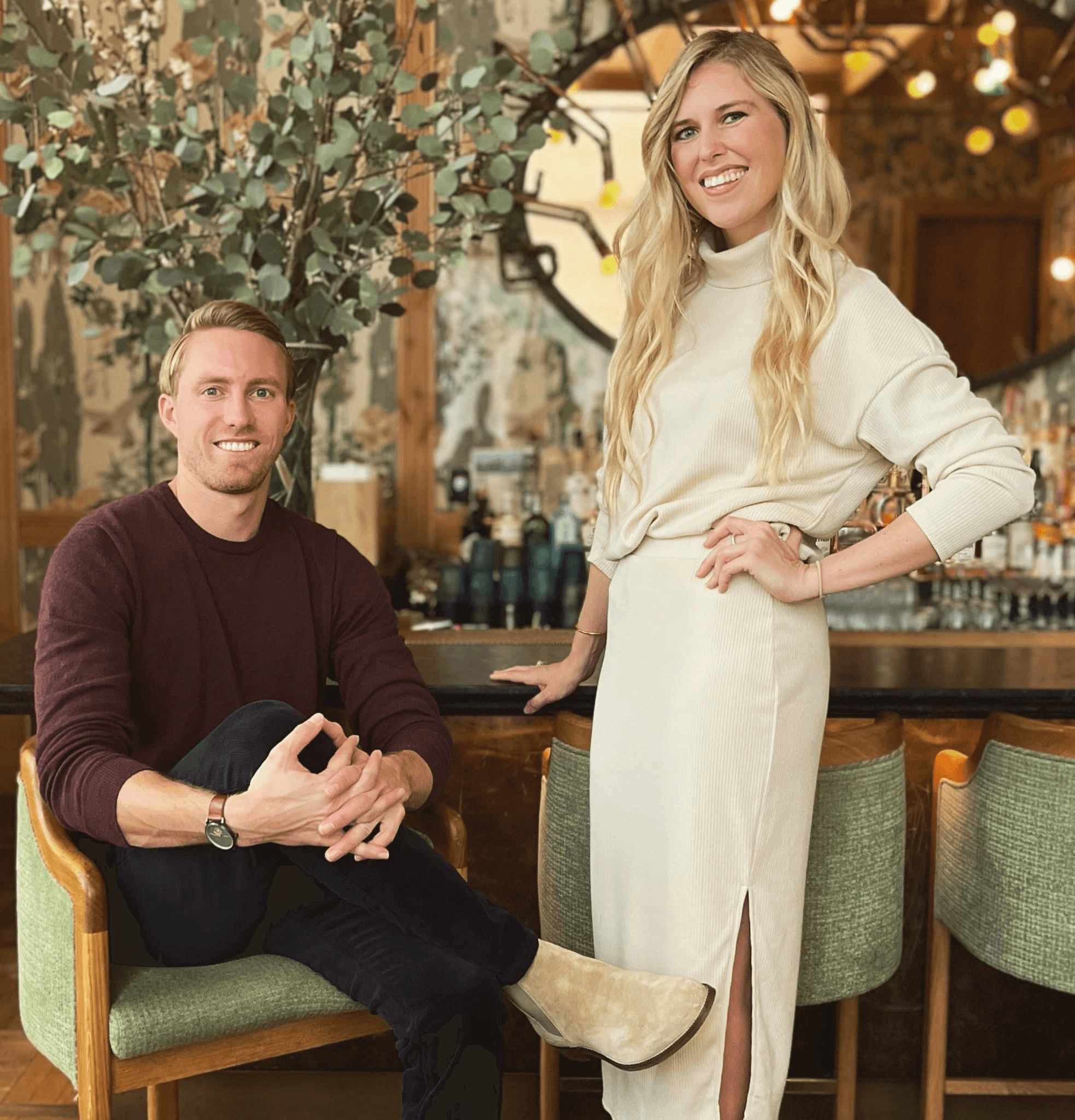
Brandon, love having you share your insights with us. Before we ask you more questions, maybe you can take a moment to introduce yourself to our readers who might have missed our earlier conversations?
I discovered architecture young, sketching pictures of my family members’ homes and giving them away as gifts. I also found an interest in entrepreneurship early, launching a bike repair business in my parents’ shed at the age of seven and, by the time I turned eleven, designing homes and selling floorplans and renderings to my classmates for whatever currency we would make up. Following this passion would lead to graduating with a Master of Architecture, working for an award-winning design firm, and launching my own platform to share incredible architecture you can stay in.
During the Covid pandemic, my wife and I took on a passion project of renovating a home in the Texas Hill Country an hour west of Austin, Texas. We had a vision of having a large place to gather with friends and family and, when we’re not there, renting our home on AirBnb to fund the project. It was a total success, allowing us to escape our apartment in the city, have a common space to enjoy holidays and celebrations, and dive into the entrepreneurship side of real estate. We would later experience this passion project sparking inspiration for a new venture – one where my architecture background, my wife’s career in marketing, and our combined efforts of hosting a unique stay would collide.
Rather than needing to read hundreds of articles online to find an “architectural stay” or filtering through millions of listings on a booking platform, DesignMap directly connects creatives and design enthusiasts with the hosts of homes designed by award-winning architects and designers. Part vacation rental platform, part architecture publication, DesignMap is a growing collection of design-forward places and spaces for inspired travelers to find their next stay while allowing hosts and architects to share their projects and unique stories. We were born out of the idea that experiencing good architecture should be accessible for everyone, including those creating it and those experiencing it.
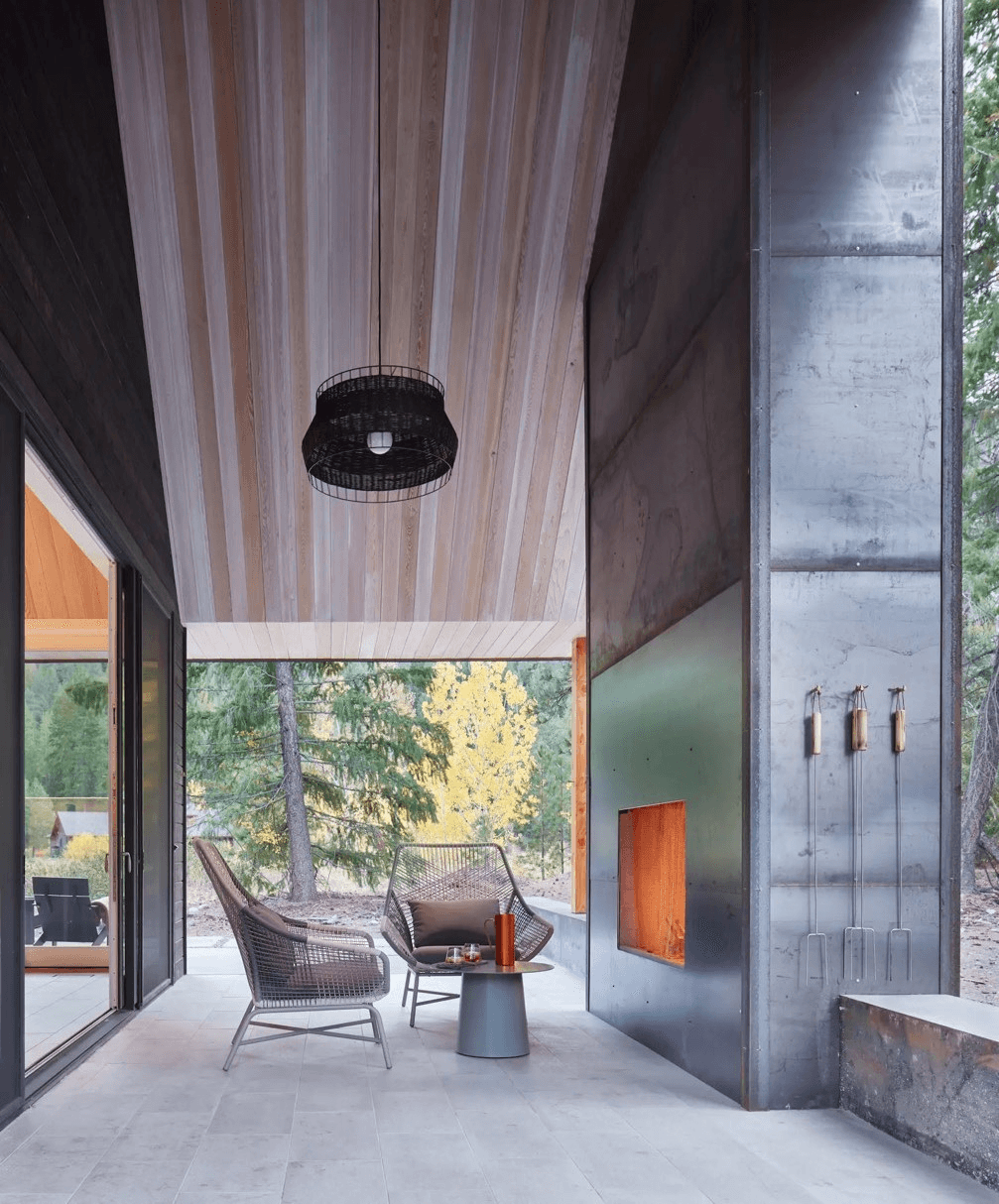
What’s been the best source of new clients for you?
The DesignMap model is designed to be a three-sided marketplace; the host who has commissioned the property and has made it available as a short-term rental, the guest who is in search of a design-forward stay for their next vacation, and the architect who is interested in having their work published. While all three user groups make up our clientele and are important for the platform, we’re working to add to the number of properties available to book on the site.
Growing our curated collection of architecture and design that is accessible and available for others to experience firsthand is an important piece of the puzzle. The more projects we feature in broad geographical regions increases the value for the host, guest, and architect. An artist in Los Angeles who discovers our site for their upcoming trip to Joshua Tree might return to DesignMap when they need to visit family in the Hudson Valley. Similarly, an interior designer featuring her Hocking Hills, Ohio project might lean on DesignMap to find her next stay in Mazama, Washington.
While we work to grow our collection and make DesignMap even more valuable, we are keeping the site curated with handpicked stays by our small group of designers and creatives. The platform is a space where guests have options when they book a stay, but don’t feel overwhelmed.
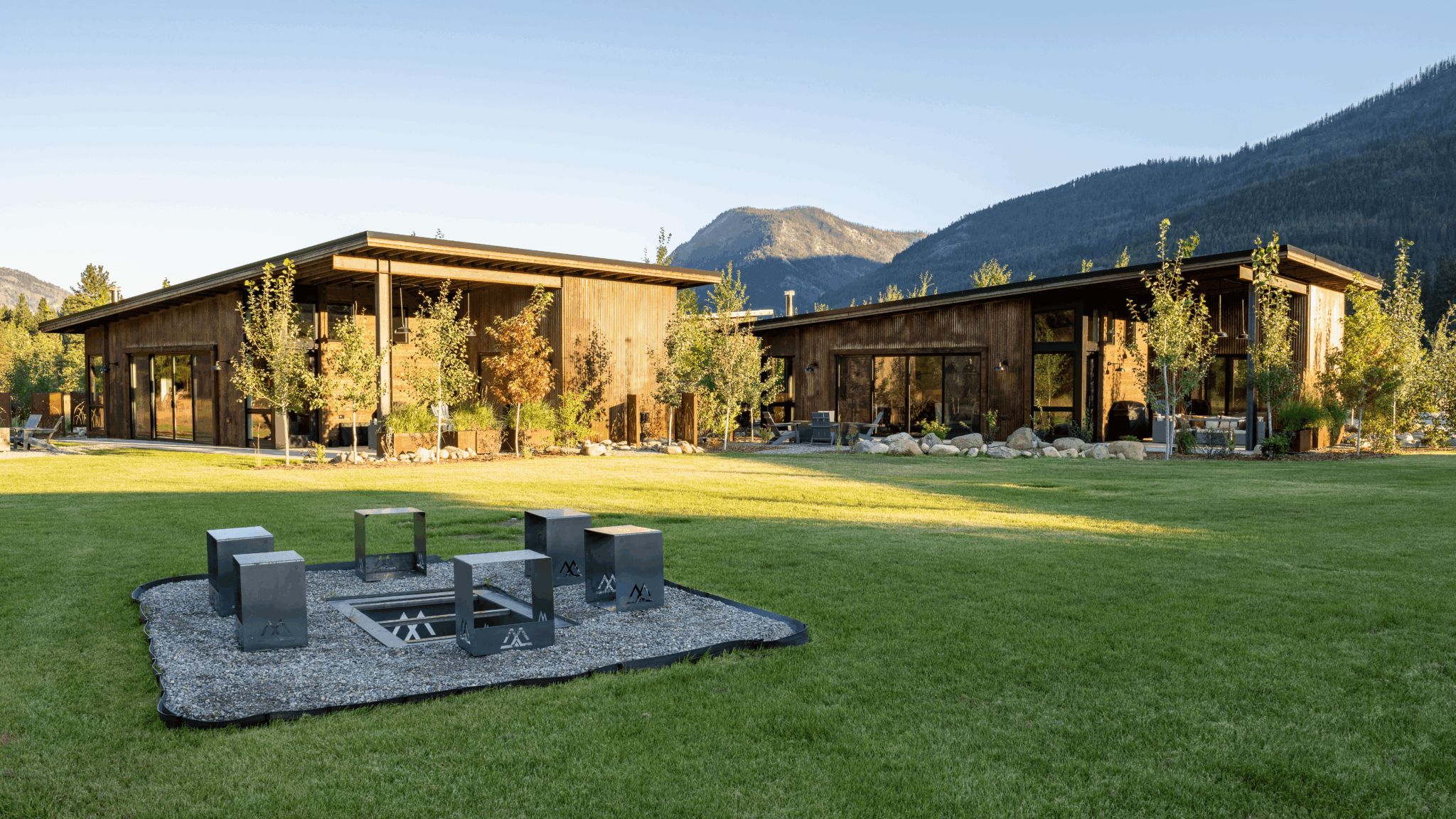
Are there any books, videos or other content that you feel have meaningfully impacted your thinking?
Two books, both recommended by friends and entrepreneurs, inspired me to push a small idea while learning from other successful companies. Rick Ruben’s ‘The Creative Act’ preaches the art of practice, and more importantly, outlines how practice looks different for everyone. It acts as a guide through the process of creativity, giving unique viewpoints from musicians, artists, and designers that apply to any art form.
The Creative Act relates to both my work as an architect and entrepreneur. Balancing the “experimentation phase” of the design process where creative instinct sparks and innovative ideas build off one another with the “rut phase” is crucial for moving a project forward. The process equally applies to developing a hotel design from a conceptual sketch to an actual object as it does with building a real marketplace from an Instagram account. Two different forms with one similar process.
Another book that shares lessons from successful startups is “The Cold Start Problem.” Andrew Chen outlines big business moves from Uber, Airbnb, Tinder, and other unicorn companies that allowed them to scale from a small idea to an industry-leading operation. Chen deep dives into one of the most challenging phases of getting a newly launched product recognized, what he calls “the cold start problem.” This book was insightful in creating a direction for DesignMaps’ growth and learning from different business models.
Contact Info:
- Website: https://www.dsgnmap.com/
- Instagram: https://www.instagram.com/dsgnmap/
- Facebook: https://www.facebook.com/dsgnmap
- Other: Map: https://my.atlist.com/map/943b0b4d-ae7e-461b-aa66-a40166e8015b?share=true
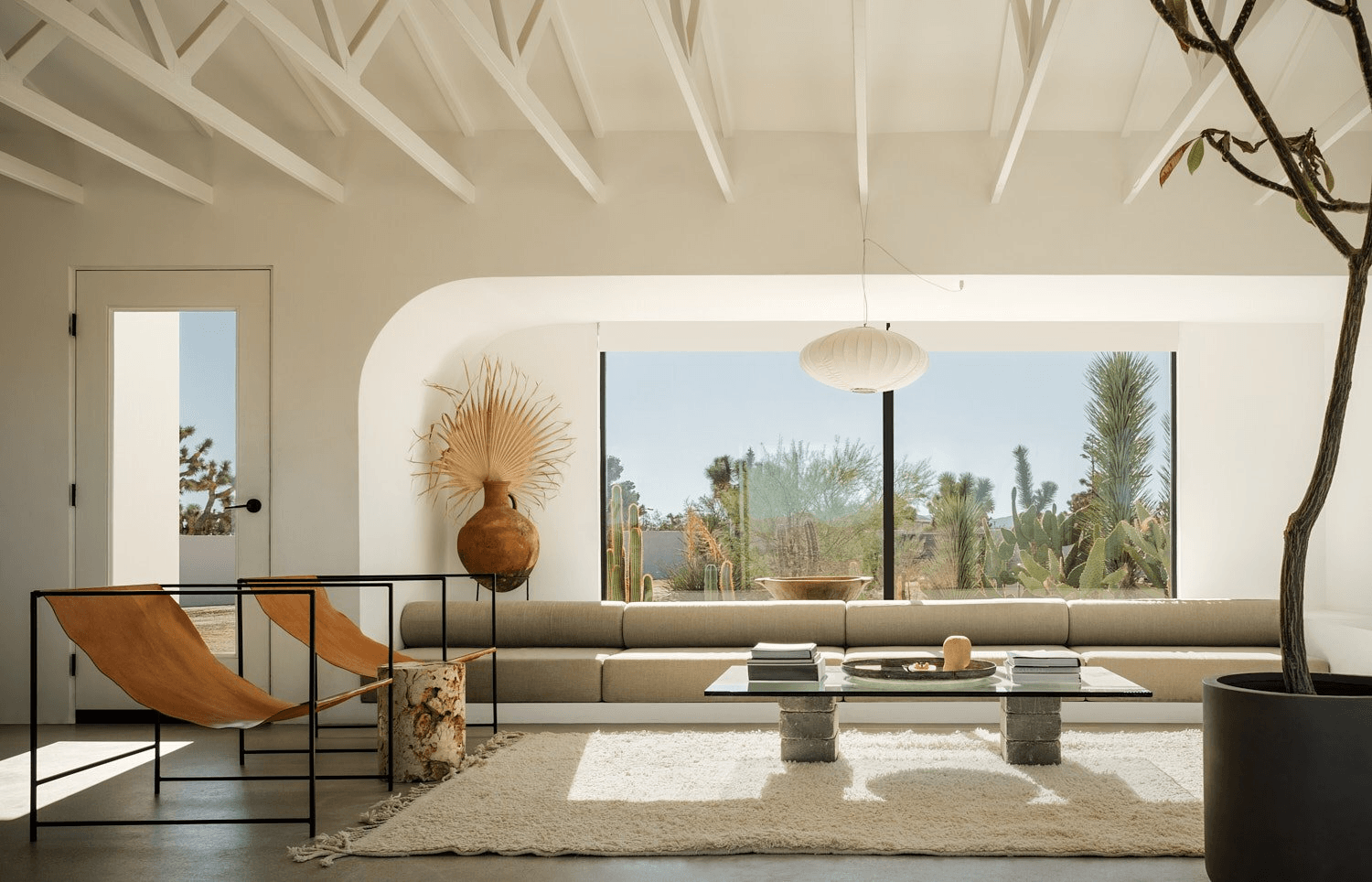
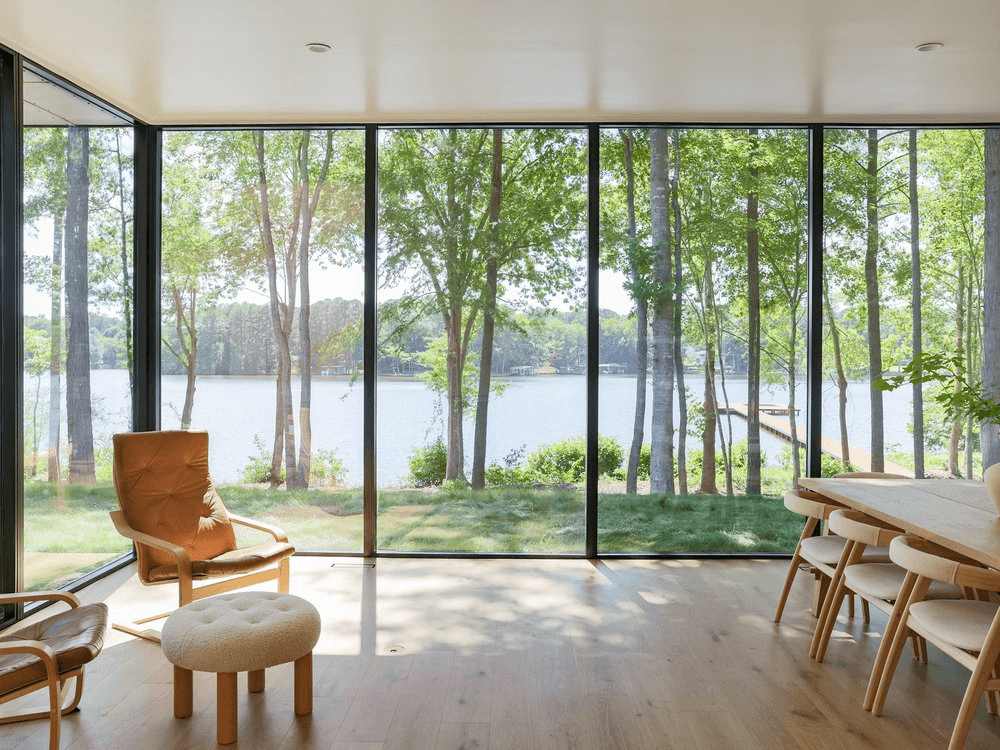
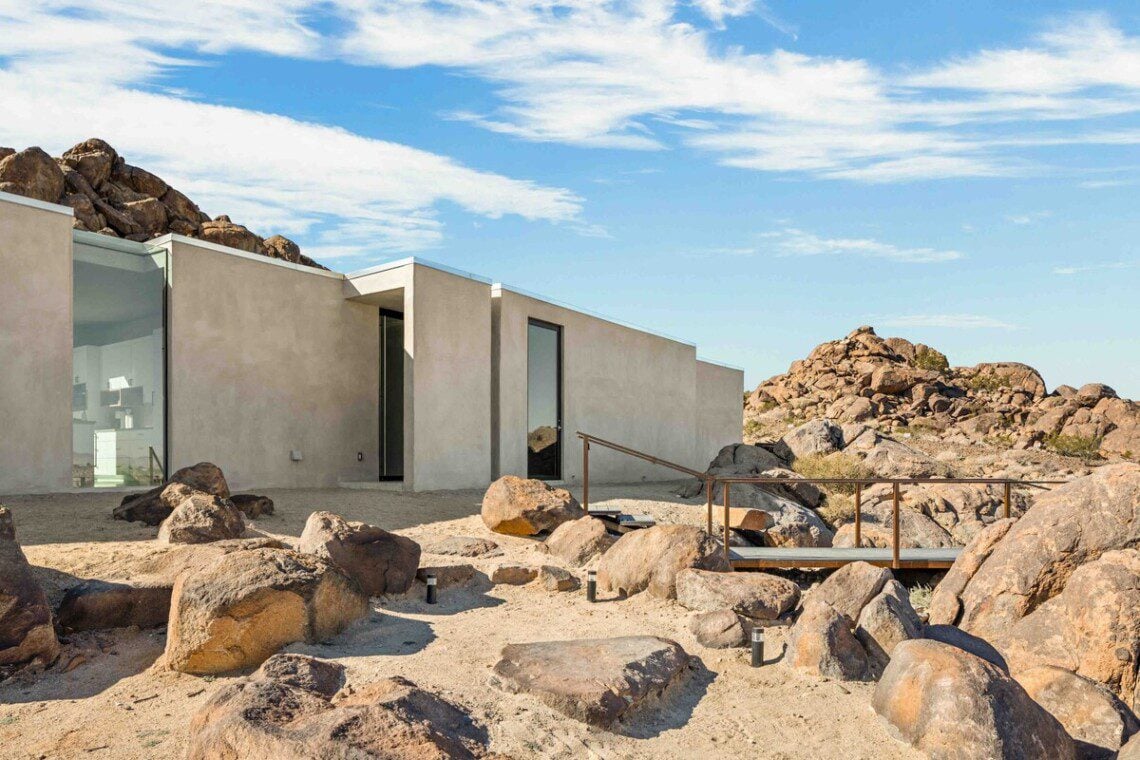
Image Credits
Image 1 – DesignMap
Image 2 – Après Cabin – Benjamin Benschneider Photography
Image 3 – Base Camp 49 – Lucas Henning
Image 4 – Le Chacuel
Image 5 – The Wilde Retreat – Andrew & Anna Hawthorne
Image 6 – Prism


